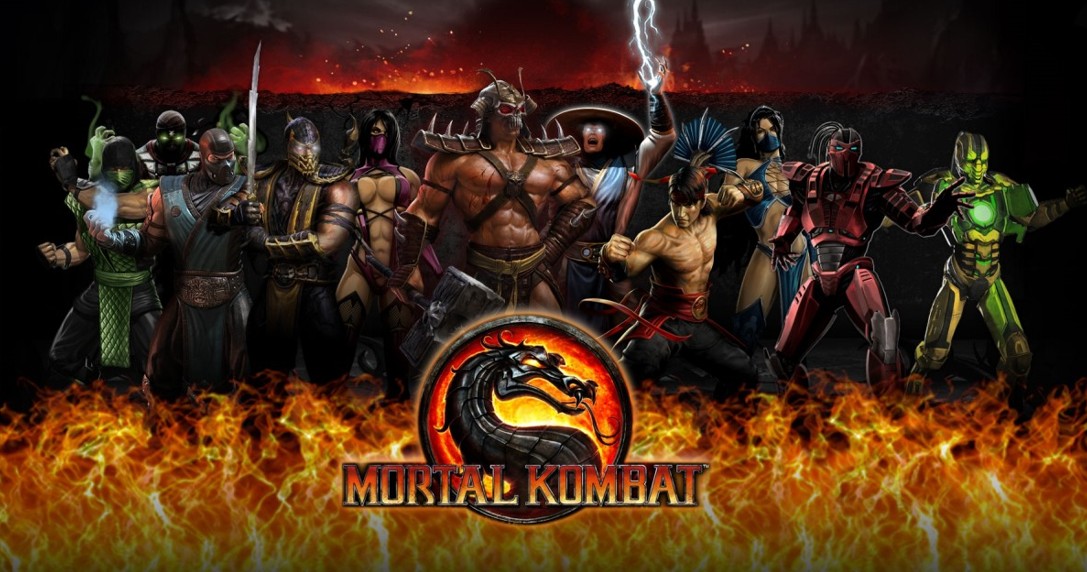
Few names resonate with as much innovation, ambition, and transformation as Bill Gates. From a visionary young programmer who dared to drop out of Harvard to an unparalleled titan of technology, and ultimately, to one of the world’s most influential philanthropists, Gates’s journey is a testament to the power of an idea, relentless drive, and an evolving sense of purpose.
Let’s dive deep into the remarkable biography of the man who put a computer on every desk and then dedicated his life to solving some of humanity’s most pressing challenges.
The Formative Years: A Spark Ignites
Born William Henry Gates III in Seattle, Washington, in 1955, Bill Gates displayed an early fascination with computers. His parents, a prominent lawyer and a schoolteacher/university regent, fostered an environment of curiosity and intellectual rigor. It was at the Lakeside School, an exclusive preparatory school, that Gates’s destiny truly began to unfold.
There, he met Paul Allen, a like-minded student with an equally prodigious talent for computing. Together, they spent countless hours honing their programming skills on the school’s Teletype terminal, often pushing the boundaries of what was possible with the nascent technology. This early partnership, forged in the crucible of shared passion, would lay the groundwork for a revolution.
The Microsoft Genesis: An Audacious Gamble
Gates enrolled at Harvard University in 1973, initially eyeing a career in law. However, his heart remained captivated by the burgeoning world of personal computers. The turning point came in 1975, when he and Allen read about the Altair 8800, one of the first microcomputers, on the cover of Popular Electronics. They saw an opportunity – the need for software to make these machines usable.
With a bold and arguably audacious move, Gates dropped out of Harvard. Together with Allen, he founded Microsoft in Albuquerque, New Mexico (later moving to Redmond, Washington). Their first major success was developing a BASIC interpreter for the Altair, proving that software could be a viable product.
The Microsoft Empire: A Vision Realized
The true inflection point in Microsoft’s history, and the personal computer revolution, arrived in 1980. IBM, then the undisputed giant of computing, approached Microsoft to develop an operating system for its new personal computer. Gates, seeing the immense potential, famously licensed rather than sold the MS-DOS operating system to IBM, retaining the crucial right to license it to other hardware manufacturers.
This masterstroke allowed Microsoft to become the dominant operating system provider as the PC market exploded. Gates became a formidable leader, known for his intense focus, competitive drive, and unwavering belief in his vision: “A computer on every desk and in every home.”
The launch of Windows in 1985, and its subsequent iterations, solidified Microsoft’s market dominance. Windows, with its graphical user interface, made computers accessible to millions, transforming the way people worked, learned, and communicated. Microsoft became a global powerhouse, and Gates, still in his 30s, became the world’s youngest self-made billionaire.
However, this rapid ascent wasn’t without its challenges. Microsoft faced antitrust lawsuits from the U.S. government and the European Union, accused of monopolistic practices. These legal battles, while challenging, never fully derailed Microsoft’s trajectory, further cementing Gates’s image as a tenacious and often controversial figure in the tech world.
The Philanthropic Pivot: Beyond the Code
As the new millennium dawned, Gates began to shift his focus. In 2000, he and his then-wife Melinda established the Bill & Melinda Gates Foundation, an organization dedicated to reducing inequity and improving lives worldwide. This marked a profound turning point.
Gates gradually transitioned away from his day-to-day role at Microsoft, stepping down as CEO in 2000 (though remaining Chief Software Architect) and eventually as Chairman in 2014. His full-time dedication to the Foundation began in 2008.
The Foundation’s mission is vast and ambitious, tackling critical issues like global health (eradicating diseases like polio and malaria), poverty alleviation, access to sanitation, and educational reform. With an endowment exceeding $50 billion, it has become the largest private charitable foundation in the world, deploying scientific rigor and innovative solutions to complex global problems.
This philanthropic pivot showcased a remarkable evolution. The relentless competitor of the tech world transformed into an equally relentless advocate for humanity, applying his analytical mind and problem-solving skills to challenges that transcend profit margins.
The Modern Era: A Continual Pursuit of Progress
Today, Bill Gates remains a prominent voice on global issues. He continues his work with the Gates Foundation, advocating for solutions in climate change, pandemic preparedness, and equitable access to technology and healthcare. Through investments in breakthrough technologies and active engagement with global leaders, he continues to shape policy and spark innovation.
His journey – from a curious child coding in a school lab to the architect of the digital age, and then to a global humanitarian – is a compelling narrative of vision, adaptability, and impact. Bill Gates didn’t just change the world; he continues to try and make it better, demonstrating that true legacy is built not only on what you create, but also on how you choose to give back.







